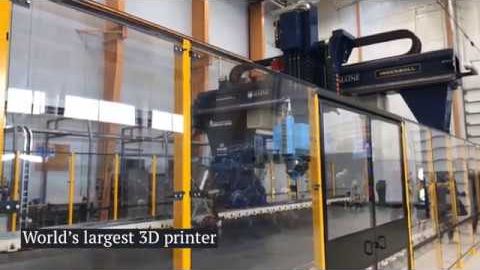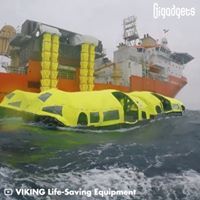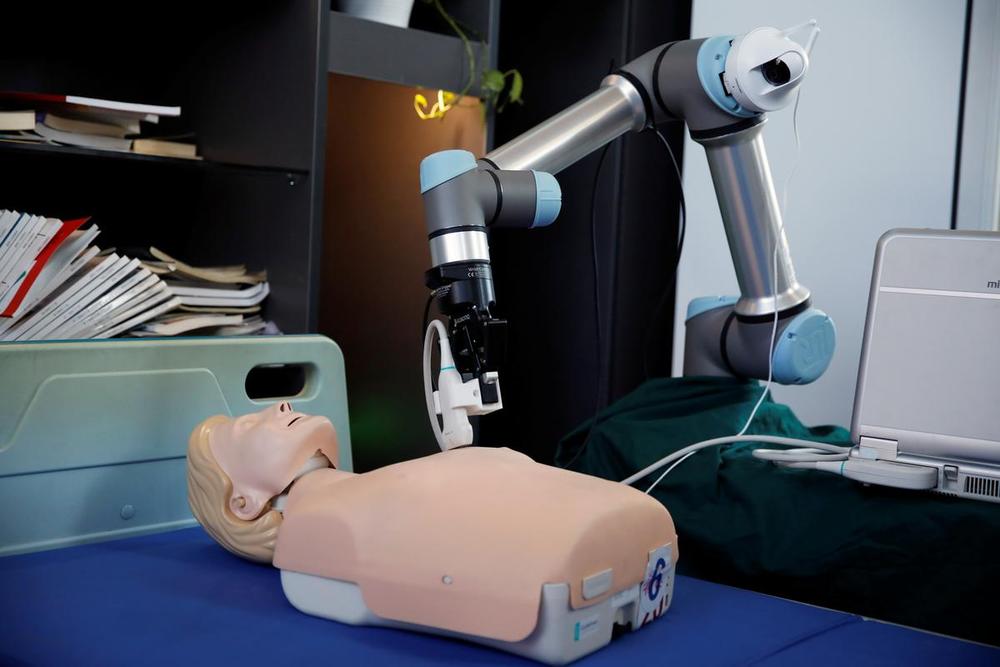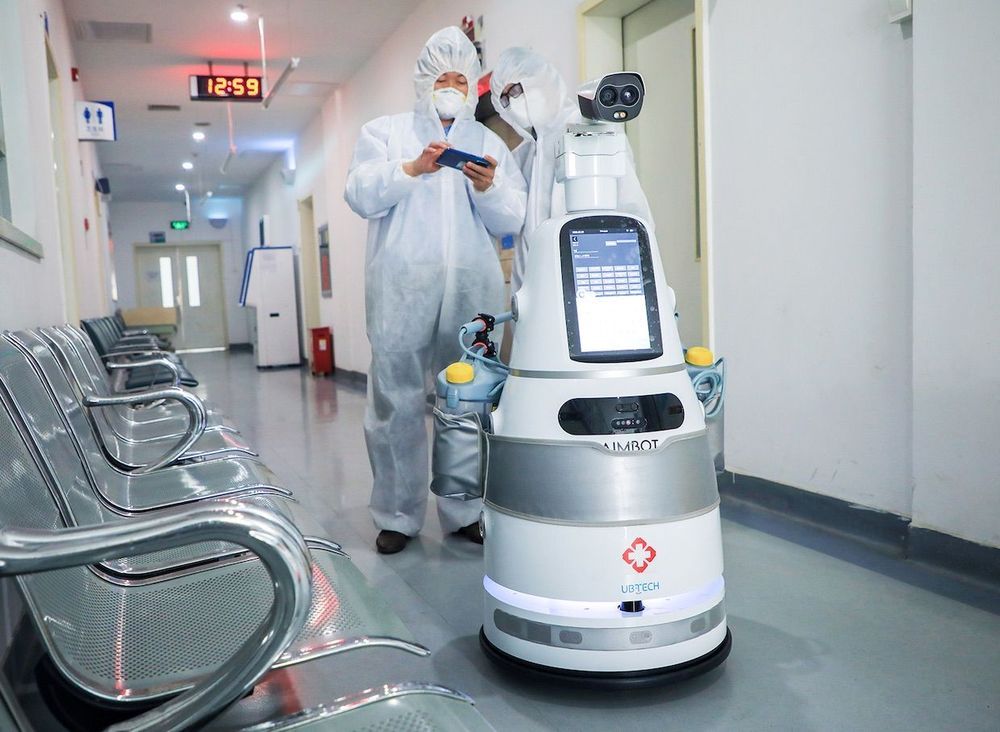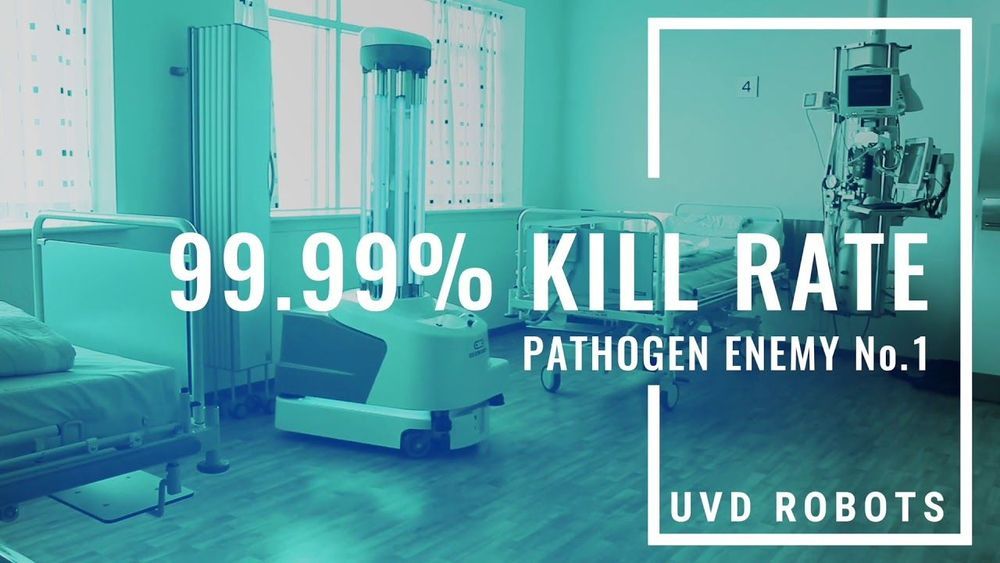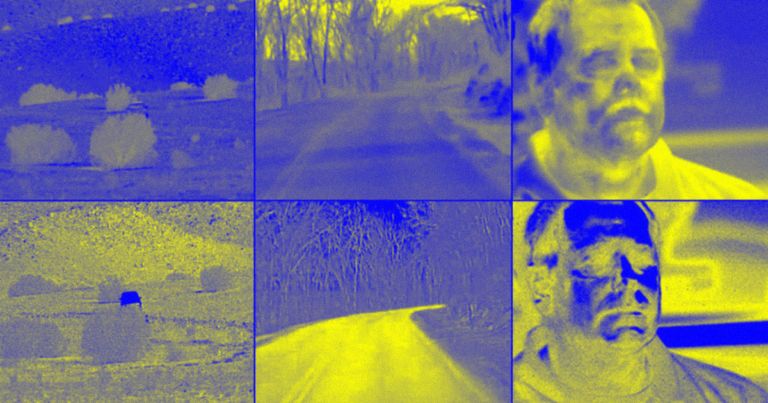By Bill D’Zio
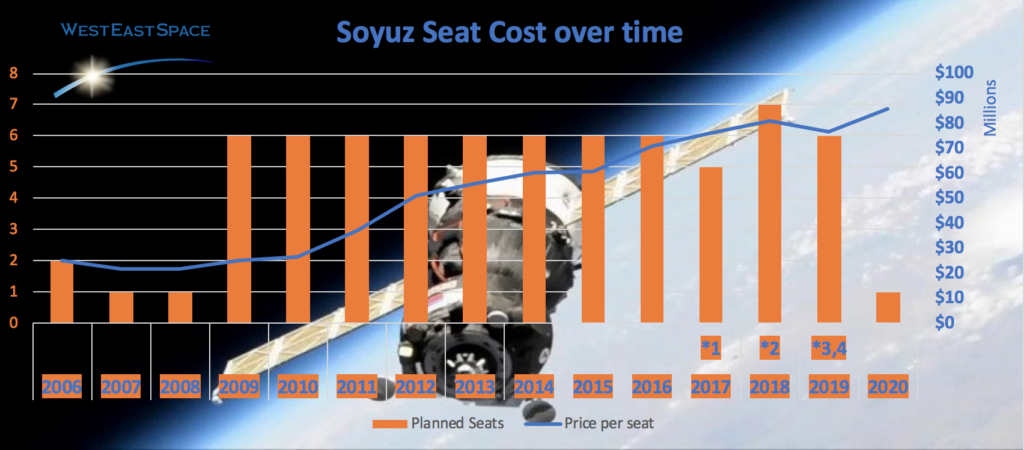
*Notes *1 In February 2017, NASA purchased from Boeing two Soyuz seats and then later three additional seats for $373.5 million or $74.7 million per seat. Boeing had the rights to sell the seats as a result of a settlement with RSC Energia—the Russian company that builds the Soyuz for Roscosmos—due to a failed partnership to develop the capability to launch rockets from an off-shore platform in the ocean.
2 2017 NASA contract for 12 additional seats
3 Due to slippage in the commercial crew schedule, in March 2018 NASA purchased two additional Soyuz seats for $86 million each, one for the September 2019 Soyuz flight and another on the upcoming April 2020 mission.
4 One Soyuz launch failed during launch requiring an abort prior to reaching orbit. Data Source: NASA Office of Inspector General analysis of Soyuz cost data provided by NASA
Soyuz creeping up in cost
NASA has been dependent on Russia for transport to and from the ISS. Over time the cost of seats on the Soyuz crew vehicle have risen.

